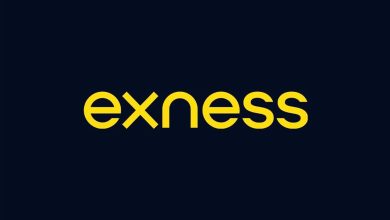White House Reviews Rules for U.S. Participation in CARF


The White House has begun reviewing a proposed rule submitted by the U.S. Treasury that would allow the Internal Revenue Service to obtain information on offshore digital asset holdings maintained by American taxpayers. The measure would bring the United States closer to participating in the global Crypto-Asset Reporting Framework, an initiative developed by the OECD to combat tax evasion and enhance transparency surrounding cross-border crypto transactions. Dozens of countries have already committed to implementing the framework, making this one of the most consequential developments for U.S. crypto oversight in recent years.
The proposal follows growing pressure on U.S. regulators to strengthen digital asset tax compliance and reduce incentives for investors to shift assets to foreign jurisdictions. Under CARF, participating countries automatically platform information on crypto accounts and transactions, enabling tax authorities to identify offshore holdings with far greater accuracy. If implemented, the new rule would represent a major upgrade to the Treasury’s oversight capabilities and significantly narrow the visibility gap historically associated with foreign crypto platforms.
Practical implications and compliance challenges
If approved, the proposed rule would require digital asset service providers that serve U.S. persons to report account-level and transactional data related to offshore activity. These requirements would apply to platforms, custodians and certain wallet providers operating internationally. Although most CARF jurisdictions plan to begin exchanging information in 2027, affected entities would need to prepare well in advance, upgrading internal systems for data collection, identity verification and jurisdictional reporting.
For U.S. taxpayers, the change would make it increasingly hard to conceal digital asset positions held abroad. The availability of automatic information-sharing would align crypto holdings with traditional foreign financial accounts, which are already subject to extensive reporting requirements. While the Treasury has clarified that decentralised finance transactions will not fall under CARF’s reporting scope, centralised platforms and custodial service providers will face significantly heightened compliance responsibilities.
Strategic and market-impact considerations
From a strategic standpoint, joining CARF would further integrate digital asset markets into the global tax compliance architecture. The move could enhance trust and reduce perceived regulatory risk, encouraging participation from institutions that have hesitated to enter the sector due to concerns over opaque tax reporting standards. Greater transparency may also support the long-term development of regulated digital asset markets in the United States.
However, the shift may also reshape capital flows. Increased transparency could prompt some investors to migrate toward privacy-focused jurisdictions or decentralised protocols that fall outside traditional reporting structures. This may create a divergence between regulated and unregulated segments of the market, with implications for liquidity, market depth and cross-border trading behaviours.
For regulators, aligning with CARF represents a chance to level the playing field between domestic and offshore platforms. As new reporting forms—such as the forthcoming 1099-DA for digital asset transactions—enter circulation, authorities aim to prevent foreign platforms from gaining a competitive advantage through reduced oversight. Ultimately, the White House’s review marks a significant step toward a globalised, standardised approach to crypto taxation, with far-reaching implications for investors, service providers and policymakers as the regulatory landscape continues to evolve.







